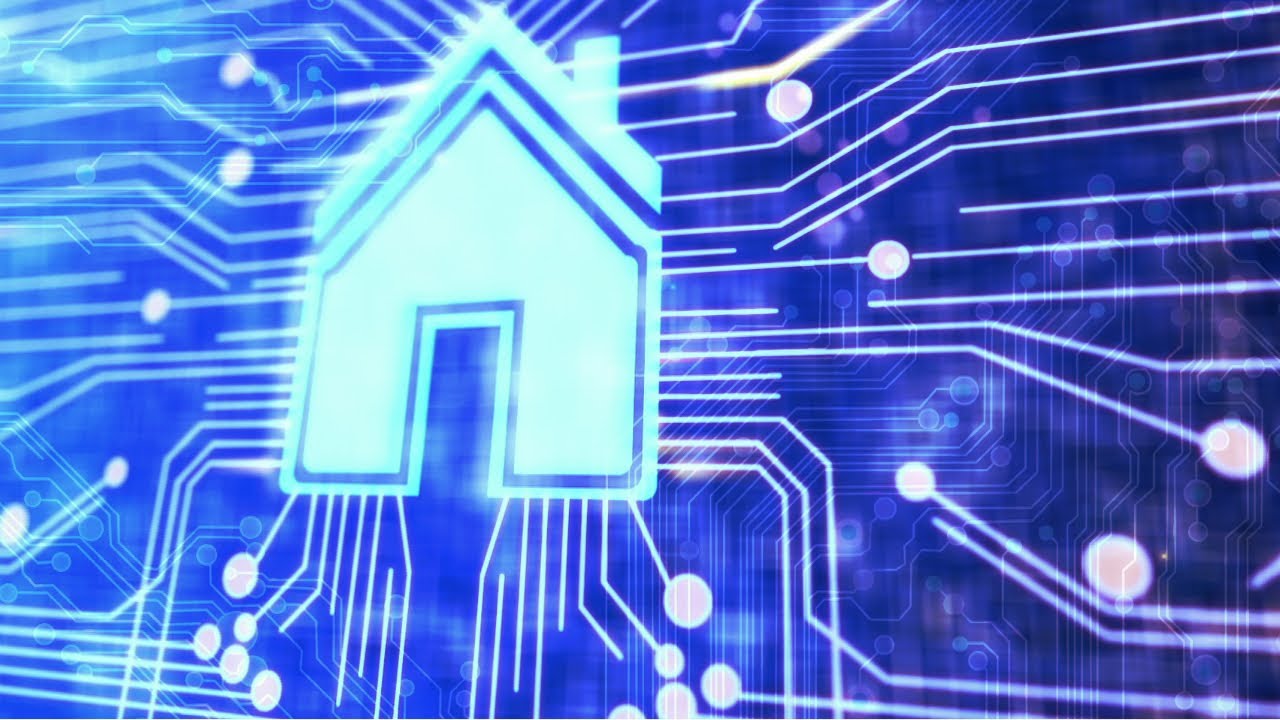Tech
A Look at Smart Home Design for the Disabled

In the United States alone there are more than 57 million people living with a wide range of disabilities and the very sad statistic is that only just under 6 million homes globally are fitted with smart technology for the disabled. That is, in fact, extremely heartbreaking because with so much technology at our disposal, we could be doing more to offer a better quality of life for those with physical disabilities.
Students in masters in health law programs such as those at the Maurice A. Deane School of Law at Hofstra University not only seek answers as to why government isn’t doing more to fund these homes but are also addressing ways to keep technology safe for those who rely on it for reasons of health and welfare.
What Healthcare Reform Should Mean
In 2008 the incoming President Obama made a pledge to Americans that he would usher in an era of change within healthcare. He would make it affordable and available for all. His promise was that every person in the United States would have access to healthcare so that they could be assured of getting the services they needed. Somehow, those promises never really came to fruition.
Healthcare reform should mean that everyone in the United States has equal access to those services and technologies that enable them to live a healthier quality of life. Insurance companies should have been required to pay for many of these advances so that people with disabilities could operate their own light switches, change the channel on their television and even make a phone call in an emergency if the need should arise.
Smart Homes Just Might Be the Solution
It is ‘funny’ that with all this smart technology floating about we aren’t doing more to fit smart technology into homes for the disabled. Government will pay for nurses and home health aides to come in and assist the disabled but it’s odd that they won’t pay for many of the little extras that would make life livable for so many people.
So, what types of design features would a smart home have for a disabled person? Consider someone in a wheelchair unable to reach a standard height light switch. Or what about a blind person who needs a special voice activated remote to control those same lights. Some smart homes are even connected to the healthcare provider in case the disabled person is in crisis. Each home could be designed with the specific needs of a patient in mind which really would make life safer and much more livable.
It is this kind of issue that health law degree programs should be researching so that disabled Americans can have the same rights as those who are not disabled. From having the ability to operate lights and appliances in the home to having controls nearby for the physically or visually disabled person. Health law and policy reformers should promote the design of smart homes for the disabled. With so much technology at our disposal, it is a wonder why the United States doesn’t have more smart homes fitted and paid for by the patient’s health insurance. It’s really just a matter of time before health care law programs get this point across. That will be a day worth celebrating and that’s a plain and simple fact.
-

 Tech11 years ago
Tech11 years agoCreating An e-Commerce Website
-

 Tech11 years ago
Tech11 years agoDesign Template Guidelines For Mobile Apps
-

 Business6 years ago
Business6 years agoWhat Is AdsSupply? A Comprehensive Review
-

 Business10 years ago
Business10 years agoThe Key Types Of Brochure Printing Services
-

 Tech8 years ago
Tech8 years agoWhen To Send Your Bulk Messages?
-

 Tech5 years ago
Tech5 years ago5 Link Building Strategies You Can Apply For Local SEO
-

 Law5 years ago
Law5 years agoHow Can A Divorce Lawyer Help You Get Through Divorce?
-

 Home Improvement6 years ago
Home Improvement6 years agoHоw tо Kеер Antѕ Out оf Yоur Kitсhеn































